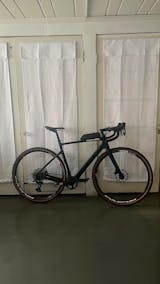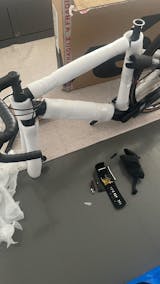The Evolution of Bicycle Handlebars: Materials, Designs, and Trends
Share
Bicycle handlebars play a crucial role in rider comfort, control, and overall cycling experience. In this blog post, we'll explore the evolution of bicycle handlebars, from traditional designs to modern innovations, highlighting the materials, designs, and trends that have shaped their development.
-
Traditional Handlebars: We'll discuss classic handlebar designs, such as drop bars and flat bars, and their historical significance. We'll explore their advantages, including aerodynamics, multiple hand positions, and stability.
-
Rise of Ergonomic Designs: We'll delve into the emergence of ergonomic handlebar designs, such as the butterfly bar and the swept-back bar. We'll explain how these designs prioritize comfort, wrist alignment, and a more upright riding position.
-
Integration of Technology: We'll explore how handlebars have evolved to accommodate technological advancements, such as integrated brake and shift levers, electronic shifting systems, and integrated GPS mounts. We'll discuss how these innovations enhance convenience and streamline the cockpit area.
-
Carbon Fiber and Alternative Materials: We'll highlight the use of carbon fiber and other lightweight materials in handlebar construction. We'll explain how these materials offer improved strength, vibration damping, and weight reduction, contributing to a more comfortable and efficient ride.
-
Current Trends and Future Innovations: We'll touch on current trends in handlebar design, such as wider bars for improved stability and control, and the rise of gravel-specific handlebars. We'll also speculate on potential future innovations, such as integrated power meters and smart handlebar systems.
The evolution of bicycle handlebars has been driven by a quest for improved comfort, control, and integration of technology. By understanding the materials, designs, and trends that have shaped handlebar development, you can make informed choices when selecting the right handlebar for your cycling needs.




